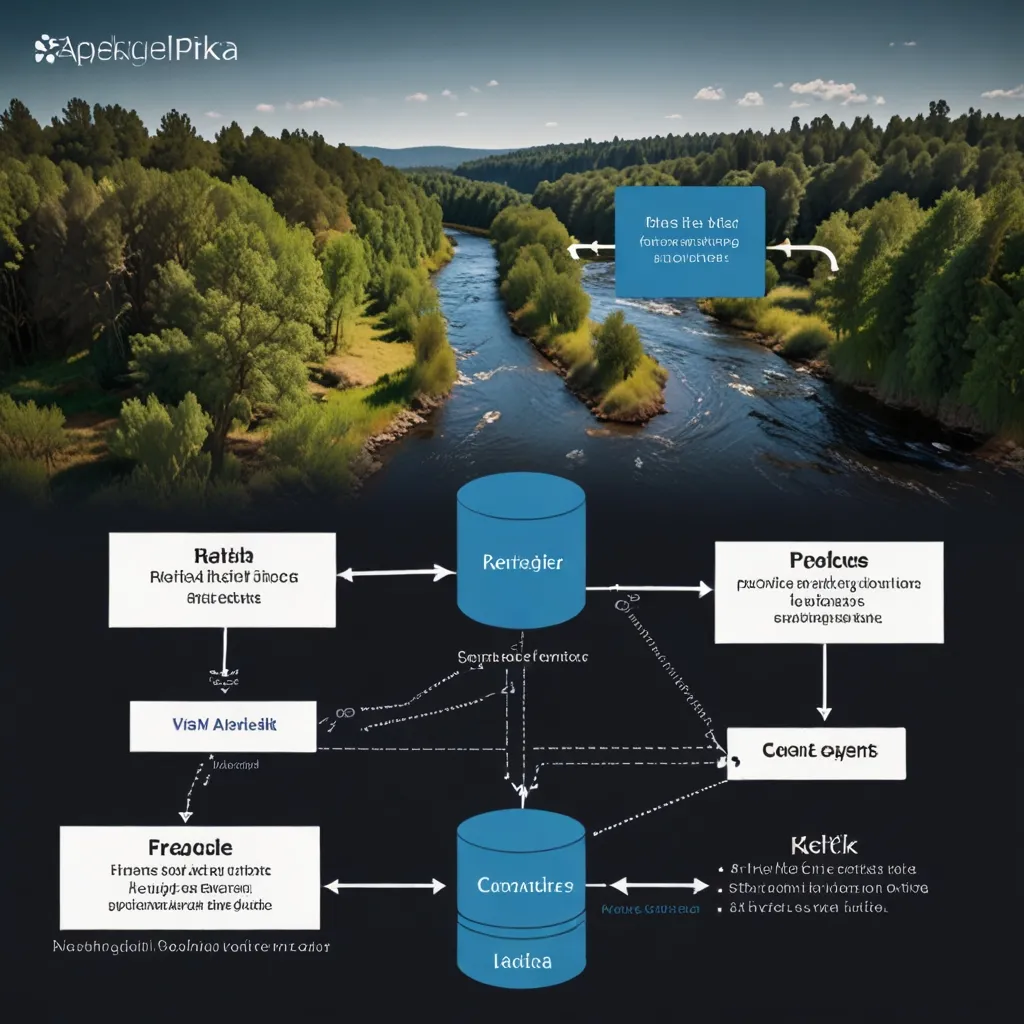Creating mobile apps that run smoothly across different platforms is a common challenge for developers. Capacitor, an open-source native runtime, steps in to make this process simpler and more efficient. It’s designed to leverage modern web technologies to help developers build high-performance mobile apps without diving into native programming. This tool is a game-changer for web developers who want to expand into mobile app development.
Capacitor is not just another tool for cross-platform development. It stands out with its consistent, web-focused APIs. These keep your app close to web standards while still letting you tap into rich native device features. If an app works in the browser, chances are it’ll work seamlessly as a mobile app with Capacitor. It also supports adding native functionality through straightforward Plugin APIs, written in Swift for iOS, Java for Android, and JavaScript for the web.
Starting with Capacitor is pretty straightforward. You can integrate it into an existing JavaScript project or create a brand-new one. The setup involves installing Capacitor CLI and core packages, then adding the native platforms like iOS and Android that you want to target. Here’s a quick example of how to get a Capacitor project up and running:
npm install @capacitor/cli @capacitor/core
npx cap init
npm install @capacitor/ios @capacitor/android
npx cap add ios
npx cap add android
Capacitor’s real strength lies in its ability to access native device features through simple, intuitive APIs. For example, using the Geolocation API to get a user’s current position is a breeze:
import { Geolocation } from '@capacitor/geolocation';
const position = await Geolocation.getCurrentPosition();
const latitude = position.coords.latitude;
const longitude = position.coords.longitude;
Similarly, capturing a picture using the Camera API is just as simple:
import { Camera, CameraResultType } from '@capacitor/camera';
const picture = await Camera.getPicture({ resultType: CameraResultType.Uri });
These APIs work across multiple platforms, ensuring consistency in app behavior whether it’s on iOS, Android, or the web.
Capacitor makes it relatively easy to build and deploy native mobile apps using familiar web languages, libraries, and frameworks. This approach cuts through the complexities of native SDKs and platform-specific code. Capacitor-built apps are optimized for native performance and have complete access to any native device features, including full access to native SDKs when needed.
Another cool aspect of Capacitor is its first-class support for Progressive Web Apps (PWAs). This means you can build web apps that run natively on iOS, Android, and the web. The plugin bridge supports running in either a native context or on the web, with many core plugins available in both contexts using the same API. So, you can use @capacitor/core as a dependency for both your native app and your PWA.
You can also integrate Capacitor into existing native app codebases. This allows you to build certain screens of the app using web technology without making sweeping changes to the rest of the app. This integration is particularly useful for teams with solid web development skills who want to contribute to native app development without disrupting the native process.
Custom plugins and native integrations are another area where Capacitor shines. The platform’s native plugin APIs make it straightforward to access and invoke common device functionality across multiple platforms. You can even write your own custom plugins to access specialty features or integrate third-party SDKs. For instance, if you need to use Bluetooth or OpenCV, you can plug in existing Swift or Java libraries without complicating the build process.
Here’s a simple example of creating a custom plugin in Swift for iOS:
import Foundation
import Capacitor
@objc(MyAwesomePlugin)
public class MyAwesomePlugin: CAPPlugin {
@objc public func doNative(_ call: CAPPluginCall) {
let alert = UIAlertController(title: "Title", message: "Please Select an Option", preferredStyle: .actionSheet)
// ...
}
}
Security is a crucial aspect of any app, and Capacitor makes sure you’re covered. Building apps with Capacitor while following security best practices helps protect your users’ data. This includes securing data storage, handling push notifications securely, and ensuring that any plugins you use don’t expose vulnerabilities like XSS. Capacitor’s documentation includes guides on security best practices to help you build secure apps.
The Capacitor ecosystem also offers a range of tools and resources to help you get started and stay productive. There are official guides, community plugins, and demo apps. You can use tools like cordova-res to generate resource images for native projects. There are also detailed guides for creating splash screens and icons and deploying and updating your app remotely.
The Capacitor community is vibrant and supportive, with numerous resources available for learning. There’s a wealth of information, from crash courses and community tutorials to books dedicated to building cross-platform apps with Capacitor. Whether you’re just starting with Capacitor or looking to deepen your skills, you’ll find plenty of help available.
Capacitor has been successfully used in various real-world applications, including those by major brands. These projects showcase how Capacitor can leverage web technologies to create seamless user experiences across different platforms.
In conclusion, Capacitor is an incredibly powerful tool for web developers looking to build cross-platform mobile applications. Its ability to leverage modern web technologies, access native device features, and support PWAs makes it an ideal choice for a wide range of development needs. With its easy-to-use APIs, extensive community resources, and robust security features, Capacitor is set to revolutionize the way mobile apps are built. Whether you’re starting from scratch or integrating web technology into an existing native app, Capacitor is definitely worth considering.






